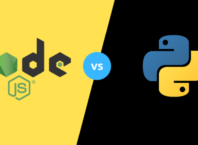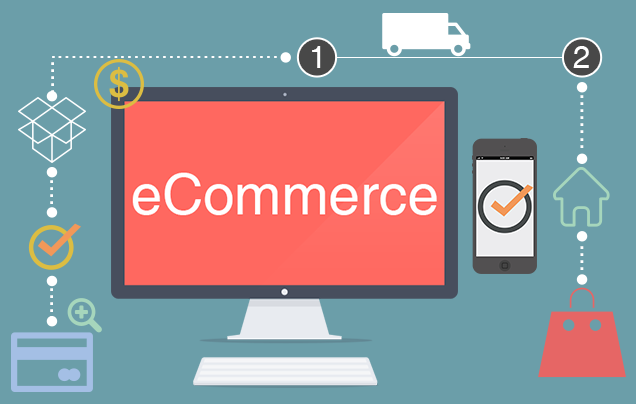Developing a multilingual website is somewhat more complex than designing one solely in English for obvious reasons. However, with User Experience (UX) at the forefront of modern design trends, multilingual content has become a necessity for good SEO ranking and brand recognition.
According to published data, 56% of users prefer using websites in native languages instead of English, with 75% preferring to shop on multilingual eCommerce storefronts. This has prompted many companies to invest in site localization and expansion into different language-speaking regions. So, what are the considerations you should take into account when developing a multilingual website in 2021?
Contents
- 1 Appropriate the UI for Right-to-Left Languages
- 2 Culturally Neutral Multimedia is Important
- 3 Think About Font Compatibility Upfront
- 4 Take Text Expansion into Consideration
- 5 Seamless Switching Between Languages is Crucial
- 6 Universally Translate All Content
- 7 International Search Engine Optimization (SEO)
1Appropriate the UI for Right-to-Left Languages
When designing a website for multilingual content, you should consider right-to-left (RTL) languages. Arabic languages will require you to appropriate your web design to accommodate their content. Users who prefer using their native Arabic languages on your website will be extremely happy with your foresight. On the other hand, left-to-right (LTR) speakers like those from the West will be none the wiser since pages in those languages won’t be affected.
2Culturally Neutral Multimedia is Important
Once you decide that your website will be multilingual, you should be mindful of your multimedia going forward. Choosing the right visuals and videos for your website can present a localization problem depending on your site’s purpose on the market. It might be a good idea to use stock photography with neutral images, lacking any culture-specific clothing or appearances. It’s very easy to drive away users with poorly chosen multimedia on a multilingual website, so take the time to curate yours thoroughly.
3Think About Font Compatibility Upfront
Font compatibility is an essential part of what makes web design for multilingual pages tricky. To avoid any practical issues, you should use Google Fonts and its alternatives to choose the fonts to use on your site. This will ensure that any font you choose does indeed display different alphabets and special characters properly. Based on W3, it’s best to use fonts with UTF-8 encoding from the moment you create original content in your CMS. Most importantly, drawing fonts from cloud resources will let you change them easily going forward.
4Take Text Expansion into Consideration
Text expansion refers to the literal size expansion of written content that happens during translation. Whether you translate or localize your content, rest assured that some expansion will happen. Using Pick Writers to find the best translation service to assist you in localizing your written content will mitigate that. Likewise, you may want to think about future translation before you write original content to make it as simple to translate as possible later on.
5Seamless Switching Between Languages is Crucial
Not every visitor to your website from France will want to see its content in French. Depending on how many languages you plan to feature, it may be a good idea to simply make English default and offer manual language-changing options. As such, you should make switching between languages as easy as possible. Placing a drop-down menu in your navigation header doesn’t take a lot of time, and it will significantly improve your website’s UX.
6Universally Translate All Content
Once you set up your languages, you should strive to translate all the content on your website into every other language by default. Don’t create a language preference and aim to accommodate every user’s preferences. This will not only improve your UX but also increase your site’s SEO ranking. Partially translating content even though you have a multilingual website will have the opposite effect and paint a poor image of your brand.
7International Search Engine Optimization (SEO)
Applying SEO to your content is important no matter if you blog, sell items online or provide SaaS services. International SEO is just as important, and using language-specific keywords for each language will help you rank better. Refer to tools such as Google AdWords and SEM Rush to find the right keywords and phrases for each language. This will help your site reach local audiences in different countries thanks to specific SEO keywords.
In Conclusion
While building a multilingual website may be harder to do than an English-only one, the benefits far outweigh the costs of development. You will effectively establish a presence in various markets and allow people from across the globe to enjoy your content however they prefer. Start by exploring which languages to use and how you will translate content before approaching web design itself.
Bio: Merissa Moore is a digital content developer, copywriter, and editor with experience in a plethora of fields including digital marketing and business development. She is a writer with a commitment to quality and a passion for communicating practical information to her readers. Merissa tends to spend her off-time writing blog posts and going through personal development literature.












